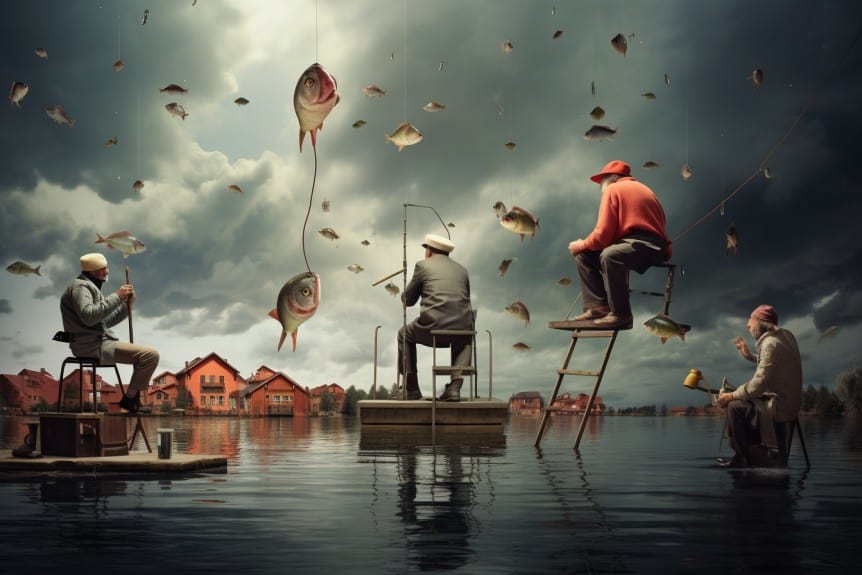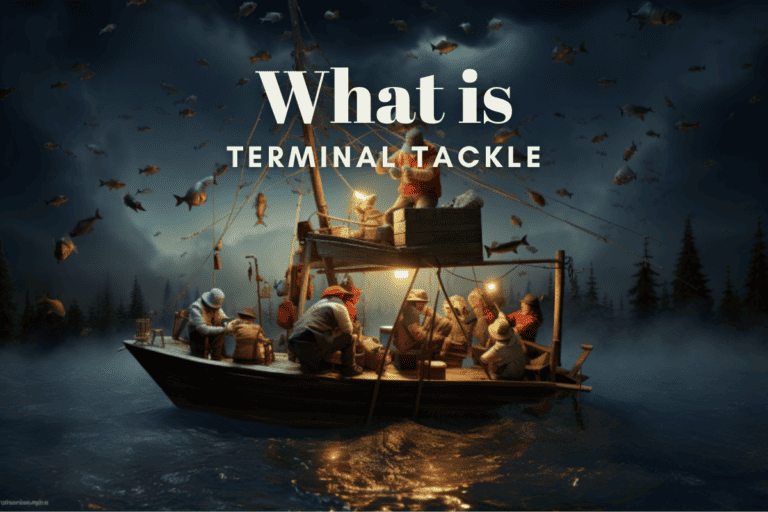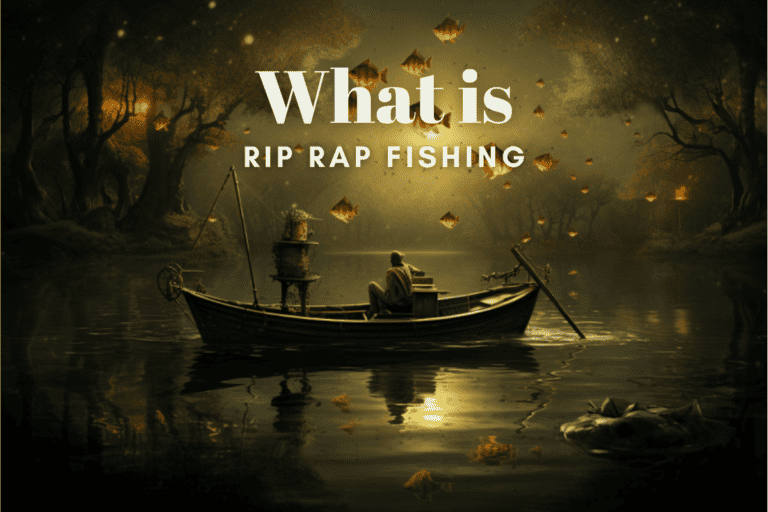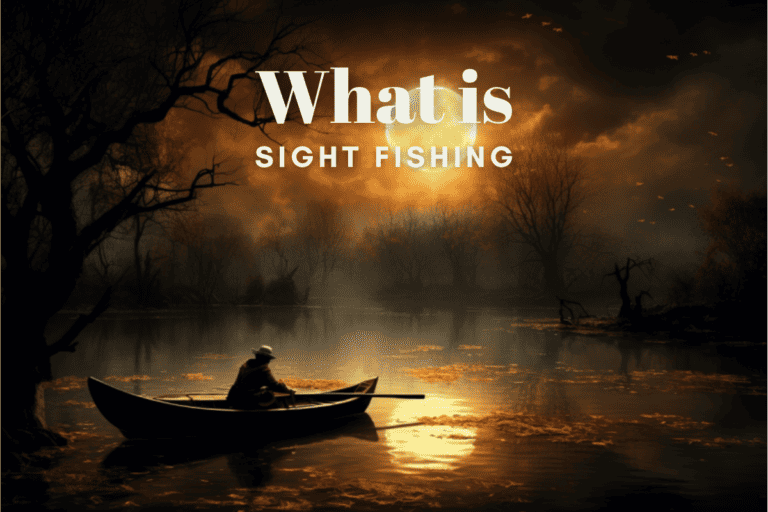What is Sewer Fishing? The Big Fish Hiding in Your Pipe

‘Believe it or not, there’s a world of fishing beneath our feet. Sewer fishing, an unconventional hobby, has hooked adventurers like YouTuber Kyle Naegeli. Despite the stigma and health risks, they’re reeling in hundreds of fish, from common carp to rare tilapia.
This article dives into the hidden treasures of sewer fishing, highlighting the fascinating creatures beneath the city’s surface and the controversy they stir up. It’s not just fishing; it’s an urban adventure.’
What is Sewer Fishing?
Despite it’s not being widely recommended due to contamination risks, there’s an unexpected art to sewer fishing, as demonstrated by the likes of teenage YouTuber Kyle Naegeli, who’s caught hundreds of fish in these unlikely spots.
Sewer fishing is the unconventional practice of catching fish from storm drains or sewers, often in urban areas.
This infamous fishing method has sparked a sense of curiosity and adventure in others who seek a unique, off-beat hobby. After all, who wouldn’t want to join a community that’s pushing boundaries and redefining what’s possible?
Yet, it’s not just about the thrill of the catch. It’s about the camaraderie, the shared stories, and the collective sense of achievement when a fish is reeled in from the depths of a sewer. It’s about belonging to a group that’s not afraid to explore the unexplored and embrace the unexpected.
The Fascinating Fishes of the Sewers
Think of the urban drainage systems, and you might imagine rats, eels, frogs, and even lizards, you might say. But these often-misunderstood inhabitants are more than just creatures of the dark. They play pivotal roles in the intricate ecosystems of the sewers, acting as the unsung champions of the underground.
Remember, as you walk the bustling streets of the city, a vibrant world brims with life just below your feet. You’re connected to this hidden realm, even if it’s easy to forget.
This isn’t merely about casting a line in hopes of catching an elusive carp or eel. It’s an invitation to recognize and appreciate the intricate web of life that flourishes beneath the urban hustle. It’s a chance to feel connected to something vast, mysterious, and truly remarkable.
The Controversial Case of Tilapia in Sewers
The topic of tilapia living in sewers stirs up quite a controversy, as they’re often found in polluted waters yet remain a popular food source. They’re a hearty bunch, thriving even in the harshest of environments. But this survival comes at a price.
There’s concern about the toxicity levels in these fish, especially when they’re part of our dining table. That’s why it’s crucial to know where your tilapia comes from. Responsible farming methods can help to ensure that you’re getting a healthy, nutritious meal, not a serving of pollutants.
It’s a shared responsibility, really. By being informed consumers, we can encourage better practices in tilapia farming, ensuring that what ends up on our plates is good for us and the environment.
Storm Drain Fishing: An Unusual Hobby

Storm drain fishing’s become quite a trend among anglers, offering them access to otherwise unreachable areas. It’s a hobby that’s not for everyone, but those who’ve tried it, they’ve found a unique sense of adventure and community. It’s like being part of a secret club, one where you’re not just catching fish, but also uncovering the hidden treasures of the urban landscape.
They’ve got their techniques down to a science, carefully navigating the challenges that come with this unusual environment. And the reward? It’s not just about the bluegills, catfish, or bass they might reel in. It’s about the thrill of the unexpected, the camaraderie among fellow storm drain anglers, and the sense of belonging in a world that’s all their own.
Final Thoughts
So, while sewer fishing may seem unsavory, it’s a treasure trove for the daring and curious.
It’s where urban anglers find rare fish, it’s where storm drain enthusiasts uncover hidden species, and it’s where the controversial tilapia thrives.
Challenging, thrilling, and utterly unconventional, it’s a pursuit that redefines the boundaries of fishing.
Frequently Asked Questions (FAQ)
Q: What is Sewer Fishing? The Big Fish Hiding in Your Pipe
A: Sewer fishing is a type of fishing where people catch fish that are hiding in the sewer system. It involves using bait and fishing equipment to try and catch fish that have found their way into the pipes and drains.
Q: How can I catch fish in the sewer?
A: To catch fish in the sewer, you will need a fishing rod and reel, bait, and some patience. Find a spot in the sewer where fish are likely to congregate, cast your line, and wait for a bite. Be careful not to disturb the sewer too much and be aware of any potential risks.
Q: Is it legal to catch fish in the sewer?
A: The legality of sewer fishing varies depending on your location. It’s important to check with local authorities to see if fishing in the sewer is allowed. Additionally, be aware of any potential health hazards or pollution concerns associated with fishing in the sewer.
Q: Are there any risks associated with sewer fishing?
A: Yes, there are potential risks associated with sewer fishing. Sewers can be dangerous and unsanitary environments, so it’s important to take precautions and be aware of the risks involved. Always wear protective gear and be cautious of your surroundings while sewer fishing.
Q: What types of fish can be caught in the sewer?
A: The types of fish that can be caught in the sewer will vary depending on your location. Common species include carp, catfish, and bass. However, it’s important to note that sewer fishing may also result in catching non-native or exotic fish that have found their way into the sewer system.
Q: Can kids go sewer fishing?
A: Sewer fishing can be a dangerous activity, so it’s not recommended for children to participate without adult supervision. Parents should assess the risks involved and make an informed decision about whether it is appropriate for their child to go sewer fishing.
Q: How can I learn more about sewer fishing?
A: There are various resources available to learn more about sewer fishing. You can watch videos on YouTube or follow expert sewer fishermen on social media platforms such as Instagram. Additionally, there may be online forums or communities dedicated to discussing sewer fishing.
Q: Can sewer fishing help reduce pollution in the sewer system?
A: While sewer fishing can provide an opportunity to remove some unwanted fish from the sewer system, it is not a comprehensive solution for reducing pollution. Proper waste management and sewer maintenance are crucial in addressing pollution in the sewer system.
Q: Where can I buy the necessary equipment for sewer fishing?
A: You can purchase fishing rods, reels, and other necessary equipment for sewer fishing at sporting goods stores or online retailers that specialize in fishing gear. It’s important to choose equipment that is suitable for the type of fishing you plan to do in the sewer.
Q: Can I eat the fish caught in the sewer?
A: It is generally not recommended to eat fish caught in the sewer. The sewer environment can be contaminated with pollutants and bacteria that can make the fish unsafe for consumption. It’s always best to err on the side of caution and avoid eating fish caught in the sewer.





